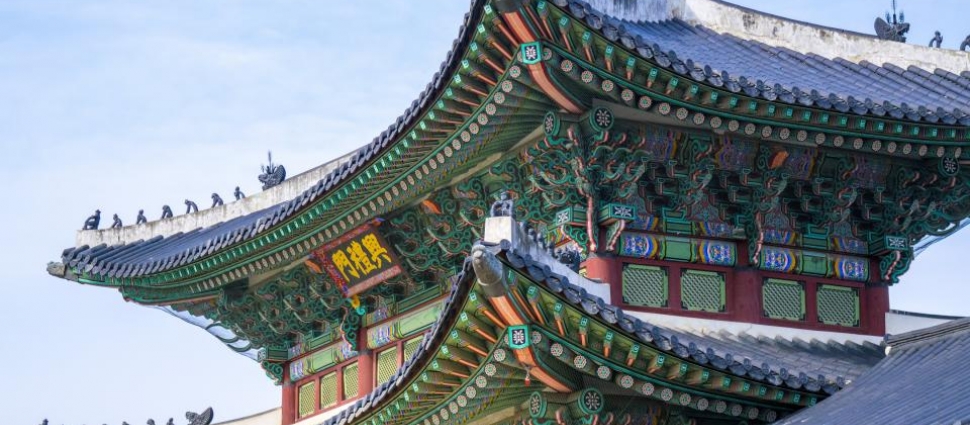Mongol Leaders and Their Christian Wives

Mongol Leaders and Their Christian Wives
While Europe was engaged in the Crusades, a new threat emerged from Asia: the Mongols, a fearsome population the talented warrior Genghis Khan organized into a powerful empire. At the time of his death, this empire stretched from Eastern Europe to the Pacific Ocean and from Siberia to modern Afghanistan.
Concerned about the threat of a Mongol invasion of Western Europe, in 1245 Pope Innocent IV sent a Franciscan friar, John of Pian del Carpine to deliver a letter to the Grand Khan Gȕyȕk. John began the journey alone but was later joined by two more friars, Benedict of Poland and Stephen of Bohemia (the latter had to turn back due to health problems). The team reached the khan after long and difficult travels. In spite of his frequent complaints (especially about this eastern practice of demanding gifts in exchange of each favor), Carpine’s account of his travels and mission provided invaluable information on the Mongols to western Europeans.
Gȕyȕk, a grandson of Genghis Khan, was not impressed by the pope’s message and his demands that the khan repent, be baptized, and stop killing Christians. How could a pope give orders to a king of Gȕyȕk’s stature? Besides, having become acquainted with some missionaries of the Church of the East who had already reached China, Gȕyȕk didn’t understand the pope’s claim to be the head of all true Christians. Still, he allowed the friars to establish their missions in his lands.
Of the missionaries who followed, the most renowned was the Franciscan John of Montecorvino, who lived in China until his death. John learned the Mongolian language and translated the New Testament and the Psalms in that language.
Influential Wives
In their accounts, western friars expressed their surprise in discovering that many of the khans had married Christian wives, who held impressive powes over their territories.
In fact, according to Rabban Bar Sauma, an important monk of the Church of the East who had been sent on different diplomatic missions to Rome, the khans’ toleration of Christianity had much to do with the intercession of their wives.
Sorghaghtani Beki
One of these wives was Sorghaghtani Beki, daughter-in-law of Gengis Khan, who had been given in marriage to Tolui Khan. Both erudite and politically savvy, she has often been compared to Eleanor of Aquitaine. While supporting all religions, Sorghaghtani insisted on developing stronger ties with the Christian Church in other regions.
Doquz Khatun
As most Mongol rulers, Tolui had other wives. The last of these, Doquz Khatun, a granddaughter of Toghrul Khan, was wed to him in 1232, soon before Tolui’s death (some believe the marriage was never consummated). As it was costumary, Doquz was passed on to Tolui’s son Hulagu, ruler of the empire’s Il-khan regions.
Sorghaghtani instead rejected a proposal to remarry (her projected husband would have been Gȕyȕk Khan), claiming she had to devote her time to the care of her four sons. Many believe her refusal was largely political, motivated by her desire to see her sons rise to power.
Due to her previous marriage to Tolui, Doquz held a position of priority among Hulagu’s wives, and accompanied him on his military campaigns. Very active in the Christian community, she was instrumental in securing the election of Mar Denha as catholicos of the Church of the East. She also set up a church inside her nomadic camp (most likely a large tent, with a bell to call people to worship), and persuaded her husband to allow other Christian churches in their territories.
Before Hulagu’s conquest of Baghdad in 1258, the Great Khan Mongke advised him to heed to Doquz’s advice. It is believed that her influence persuaded Hulagu to spare the Christians from the massacre he inflicted on the city’s inhabitants.
Christians who lived in the Mongol Empire looked at Doquz as their protector and benefactor. At the same time, Mongol diplomats took advantage of her faith to persuade the Christian populations of Armenia, Georgia, and Persia to see the Mongol rule more favorably. For example, due to Doquz’s influence, King Hetum of Cilicia viewed Hulegu as a friend of Christians.
Maria Palaiologina
Doquz’s death in 1265 was deeply mourned throughout the empire. But soon Christians found a new advocate in Maria Palaiologina, illegitimate daughter of the Byzantine Emperor Michael VIII, who gave her in marriage to Hulagu in order to seal a political alliance. But Hulagu died while Maria was traveling, and she was instead given to his son, Abaqa Khan.
Like Doquz, Maria led a pious life and was quite influential in her lands. With her was an Orthodox bishop who set up a bishopric in Tabriz. Baidu Khan, a grandson of Hulagu, was particularly interested in Maria’s explanations of Christianity and visited her often.
After Abaqa died, Maria returned to Constantinople and refused new marriage proposals, becoming instead the abbess of the Panagiotissa Monastery, where she adopted the name Melania and stayed for the rest of her life.
Sorghaghtani, Doquz, and Maria were only some of the many influential khatuns who steered the hearts of their Mongol khans to favor and promote the Christian communities in their lands. In fact, Pope Nicholas IV sent several letters to Christian women in Mongol courts to encourage them to continue their service to God. These included Elegag and Uruk, wives of Arghun Khan, and Nukdan, another wife of Aqaba, whom the pope praised for her example, calling her “most dear daughter in Christ.”[1] As it is usually the case with women in church history, very little has been written about these numerous Christians who exercised their influence in one of the largest and most powerful empires in the world.
[1] James D. Ryan, The Spiritual Expansion of Medieval Latin Christendom: The Asian Missions, Routledge, 2017, 417.





